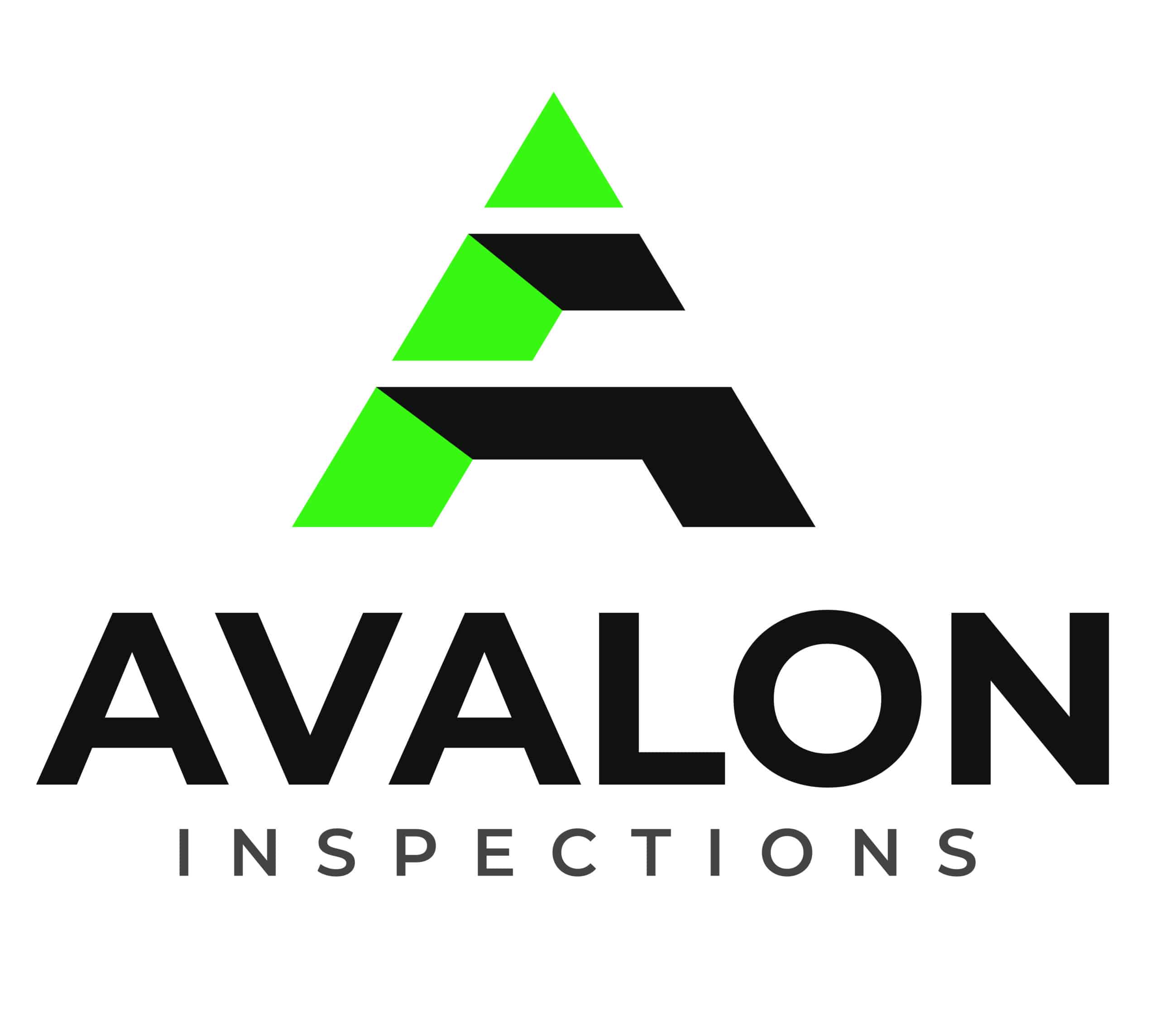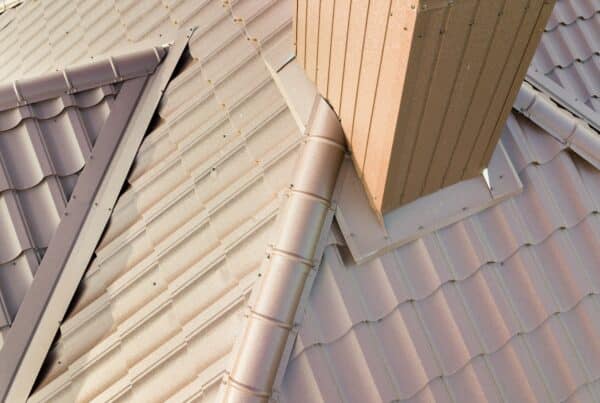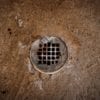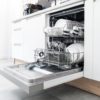
Walking into a room and noticing water leaking from your ceiling can turn a smooth day into a stressful one. Ceiling leaks are not just inconvenient; they can lead to severe damage if not addressed promptly. Whether the cause is a burst pipe, a damaged roof, or condensation, knowing the risks and best course of action can make a big difference.
So, this post will explore common causes of ceiling leaks, any consequences of ignoring them, addressing existing leaks, and preventing new ones.
Causes of Water Leaking From the Ceiling
Ceiling leaks can come from various sources, each needing a different approach. Knowing these causes can help avoid a bigger headache than necessary.
Plumbing Issues
Burst or leaking pipes are a common culprit, often caused by freezing temperatures or general wear and tear over time. These pipes can burst and lead to water seeping through your ceiling, creating visible stains and potential structural damage. Faulty plumbing fixtures, such as leaking sinks, toilets, or showers, can also allow water to seep into the ceiling below. Regular maintenance and inspections can help prevent these issues from escalating.
Roof Problems
Roof damage is another leading cause of ceiling leaks. Damaged or missing shingles, often the result of strong winds, heavy rain, or age, can expose the roof to water infiltration. This water eventually finds its way into your ceiling. Cracked flashing, the metal strips that seal roof joints, can also deteriorate over time, allowing water to penetrate and cause leaks. Ensuring your roof is in good condition through regular inspections and prompt repairs is essential to prevent leaks.
Condensation
Condensation can occur due to inadequate insulation or high indoor humidity levels. Poor insulation can cause condensation to build up in your attic, which can then drip down and cause ceiling leaks. High humidity, particularly in areas like bathrooms and kitchens, can exacerbate this problem. Using dehumidifiers and ensuring proper ventilation can help mitigate condensation-related leaks.
External Factors
Severe weather conditions, such as heavy rain, snow, or ice, can lead to sudden roof damage or overwhelm existing drainage systems, resulting in leaks. Additionally, overhanging tree branches can break off during storms and puncture the roof, causing water to seep through. Regularly trimming trees around your home and maintaining your roof can help prevent these external factors from causing leaks.

Steps to Take After Finding a Ceiling Leak
Don’t panic, but don’t snooze either. Acting quickly when you discover water leaking from your ceiling can minimize damage and reduce repair costs. Here’s what you should do:
1) Mitigate Further Damage – Place buckets or containers under the leak to catch the dripping water and protect your floors and furniture from water damage. Also, move any furniture, electronics, or valuables out of the affected area to prevent further damage.
2) Safety Precautions – To avoid electrical hazards, turn off the power in the affected area immediately. Do not touch or attempt to move any electrical appliances or fixtures that are wet or near the leak, as this can pose serious risks.
3) Inspecting the Source –Try to identify where the water is coming from by inspecting the area above the leak. This could be your attic, roof, or upper floor. Look for obvious signs of damage like wet spots, damaged shingles, or visible pipe leaks.
4) Involve a Professional – Once you’ve taken initial steps to control the situation, contact a professional ASAP. Additionally, document the damage by taking photos and notes!
Potential Risks and Consequences of Ignoring Ceiling Leaks
Ignoring a ceiling leak can lead to serious problems – immediate and long-term. These are some of the biggest ones to worry about:
- Structural Damage –Water weakens the ceiling and the supporting framework, leading to sagging, cracks, and even collapse. These issues are costly to repair and pose significant safety risks.
- Mold and Mildew Growth –Persistent moisture creates an ideal environment for mold and mildew to thrive. Mold can cause health problems, including respiratory issues and allergies.
- Electrical Hazards – Water and electricity are a dangerous combination. Leaks that reach electrical wiring or fixtures increase the risk of electrical shorts, fires, and electrocution.
- Decreased Property Value – Unresolved water damage can significantly reduce your home’s value. Visible damage, such as stains and mold, can deter potential buyers and result in lower offers.
- Higher Repair Costs – The longer a leak is ignored, the more extensive and costly the repairs will become. What might start as a minor fix can escalate into major repairs involving structural work, mold remediation, and electrical repairs. Addressing leaks early can save you significant money in the long run.
- Health Risks – Beyond mold-related health issues, water leaks can also lead to other health hazards. Damp environments can attract pests like rodents and insects, which carry diseases.

Preventing Future Leaks
Preventing future leaks involves regular maintenance and prompt action at the first sign of trouble. Most importantly, keep a consistent eye on your roof to catch damaged or missing shingles and flashing. Address any issues immediately to prevent water from seeping in!
Also, inspect plumbing fixtures regularly for leaks or wear and tear. Fix any issues promptly to prevent water from seeping into the ceiling below. Insulate pipes to prevent them from freezing and bursting in cold weather.
Other Recommended Maintenance
- Gutter Maintenance: Regularly clean and inspect gutters and downspouts to ensure they are clear of debris and functioning correctly. Proper drainage helps prevent water from accumulating on the roof and causing leaks.
- Attic and Insulation Checks: Inspect attic insulation to ensure it is dry and intact. Proper insulation helps prevent condensation that can lead to leaks. Also, check for signs of pests or damage.
- Appliance Inspection: Regularly check appliances that use water, such as washing machines, dishwashers, and water heaters, for leaks. Maintaining these appliances can prevent unexpected water damage.
When to Call a Professional
If you notice persistent leaks that do not stop despite your efforts, it’s time to seek expert help. Water stains that keep spreading, even after you think you’ve fixed the problem, are also a clear sign that professional intervention is needed. When there are visible signs of mold or a musty odor, a specialist can effectively address mold remediation to prevent health risks.
If you encounter electrical issues, such as flickering lights or tripped breakers, near the area of the leak, this could indicate that water has reached your electrical system. In such cases, an electrician should be contacted immediately to prevent serious hazards. Structural damage, such as sagging ceilings or walls, indicates that the integrity of your home’s framework is compromised and requires professional repair.
Conclusion
To summarize, a leak in the ceiling can be a serious situation. Addressing them promptly is crucial to maintaining the safety and value of your home. Ignoring leaks can lead to significant structural damage, health risks from mold and mildew, electrical hazards, and decreased property value.
Regular maintenance and preventive measures can help you avoid future leaks. However, when in doubt or faced with persistent issues, call a professional – in Atlanta, GA, and surrounding areas, call Avalon Home Inspections today.






